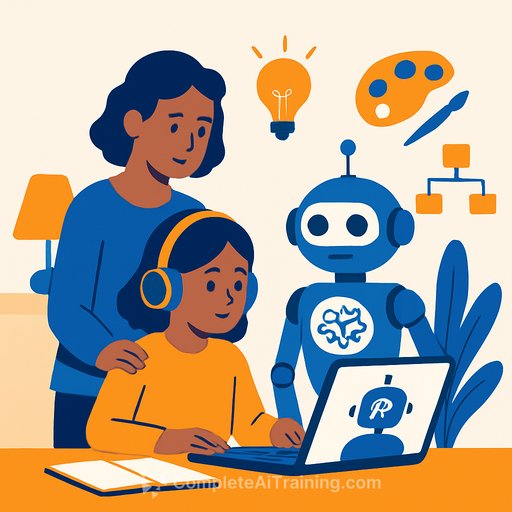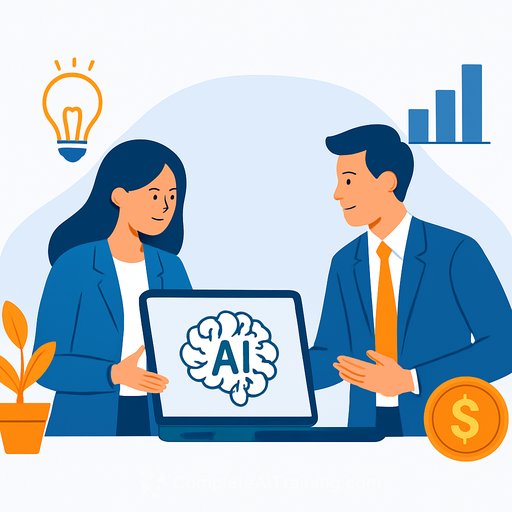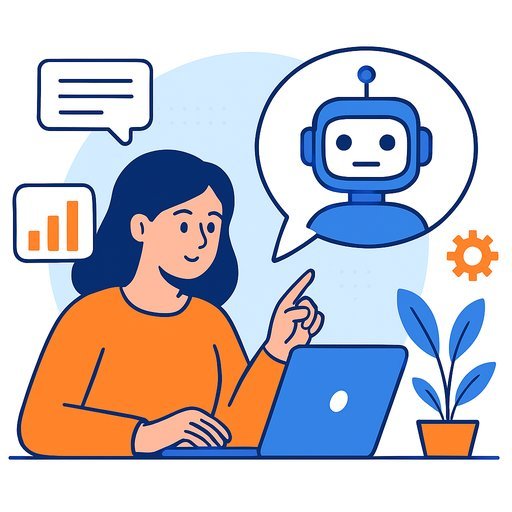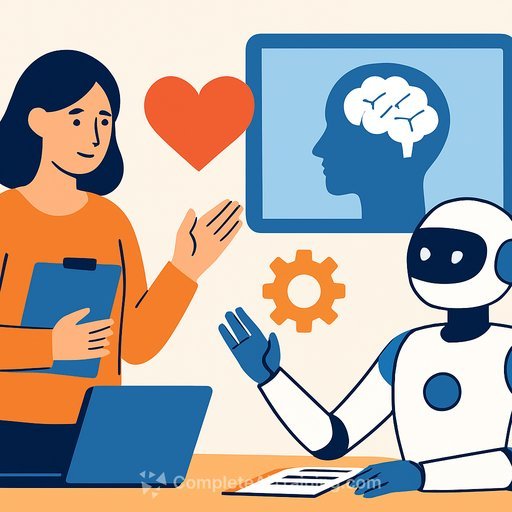AI in the Classroom: What Parents Need to Know
As students head back to school, it’s clear that AI is becoming a part of everyday learning. Maya Israel, a professor specializing in educational technology and computer science education at the University of Florida, shares practical insights on how AI is being used in K–12 classrooms and what parents should keep in mind.
How Are K–12 Students Using AI in Classrooms?
AI use varies widely across schools. It depends on district policies, the age of the students, and what teachers aim to achieve. Some districts limit AI to teacher use only, like creating custom reading materials for younger kids. Others allow older students to use AI tools for grammar checks, visuals, or science simulations. Importantly, teachers emphasize that AI is a tool to assist—not replace—student thinking and effort.
Examples of Age-Appropriate AI Tools That Enhance Learning
AI tools can either support or hinder critical thinking depending on how they’re used. Teachers play a key role in ensuring AI encourages creativity and problem-solving instead of cutting corners. For example:
- Canva: Lets students design infographics, posters, and videos to demonstrate understanding.
- Google’s Teachable Machine: Helps students build simple AI models, like image recognition, to grasp AI concepts hands-on.
These tools work best when embedded in project-based learning, where students use AI to support their ideas and deepen their thinking.
Ensuring AI Supports Core Skills
AI should never be a shortcut that lets students skip learning. Teachers can design lessons that use AI to boost critical thinking. For instance, when AI helps with math problems, students should still explain their reasoning, discuss results, and try different approaches. Asking students questions like, “Does this answer make sense?” or “Why did the AI suggest this?” encourages reflection and deeper understanding.
Addressing Parent Concerns About AI Dependence
Many parents worry AI might make students too reliant on technology. This concern is valid. Teachers can address it by being intentional with AI use and keeping parents informed about classroom policies. Assignments should require students to think critically and reflect personally. Teaching students when and how to use AI helps them avoid using it as a crutch and instead use it to strengthen their learning.
Maintaining Original Thinking and Creativity
Schools must create learning experiences that push students to think and create independently, even with AI tools available. Project-based learning is effective here: students generate ideas, get feedback, and revise their work. AI can help gather information or organize thoughts, but students must ask questions, synthesize knowledge, and produce original work. Assessments should focus on reasoning, process, and creativity rather than just the end product.
Helping Students Understand Appropriate AI Use
Teaching AI literacy is essential. Students need to learn AI’s strengths and limits, along with ethical considerations. Clear school guidelines help students understand when AI use is acceptable and when it’s not. This supports their growth as thoughtful, responsible learners who use AI as a tool—not a shortcut.
Guidance for Parents at Home
Parents should remind children that AI doesn’t replace their own judgment, creativity, or empathy. While AI can offer quick answers, students need to develop their skills through practice. Parents should know their school’s AI policies and talk with their kids about mental health risks tied to overusing AI. Excessive reliance can chip away at confidence and problem-solving skills. Instead, encourage kids to use AI to support their learning and independence.
For educators looking to deepen their understanding of AI integration and training, resources like Complete AI Training’s latest courses offer valuable guidance on applying AI tools responsibly in education.
Your membership also unlocks:





